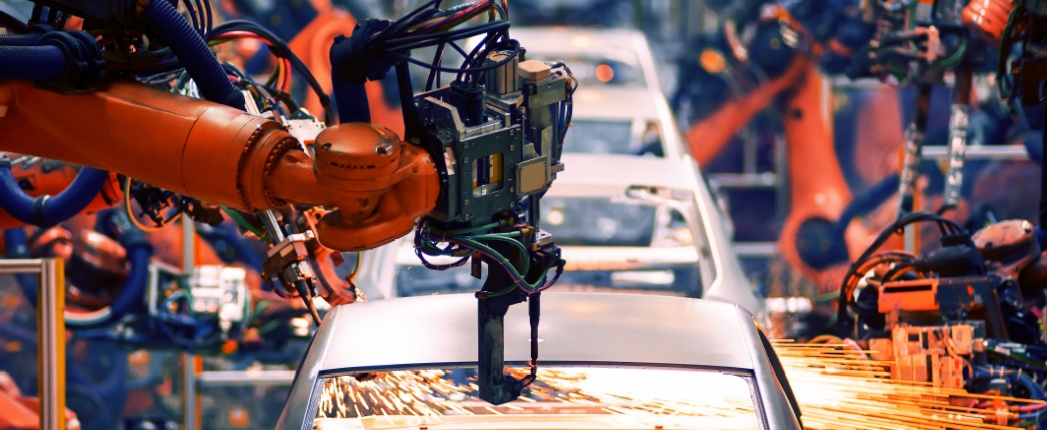
Like businesses in many industries, lubricant companies are busy looking for ways to reduce amounts of greenhouse gases emitted by their supply chains and their own operations, but lubricants can also do much to advance sustainability by protecting equipment and helping to improve fuel economy of all kinds of machinery.
That is one of several conclusions of a new publication from the Society of Tribologists and Lubrication Engineers. The “2023 Report on Emerging Issues and Trends in Tribology and Lubrication Engineering” also finds that supply chain management has undergone permanent changes that are still ongoing, that electric vehicles still require innovation in lubrication and cooling and that the use of robots in manufacturing is rising and will spur demand for synthetic lubes.
Written by the society’s Advanced Innovation Team, the 2023 report, published late last month, is an update to a 2020 report by the same title. It notes several interim developments that have significantly impacted the industry: the COVID-19 pandemic, gathering momentum of the sustainability movement and the continuing shift toward electric vehicles.
The lubricants industry is devoting significant attention to improving sustainability, and much of the work is similar to approaches taken in other industries. Trade groups are working to develop standards that will provide recognized, uniform methods for businesses to measure their performance. Meanwhile many businesses are focused on reducing their carbon footprints – mostly by conserving energy consumption or switching to greener energy and by replacing raw materials and other inputs with alternatives that have smaller carbon footprints.
The report notes that the work of developing calculation standards continues and concludes that this undertaking is a tall task. It quotes Inga Hermann, Lubrication Department head at the German Lubricant Manufacturers Association explaining part of the reason.
“Most of the carbon footprint for the lubricant value chain comes from raw materials (base stocks and additives),” she said. “The type and quality of raw materials can lead to large deviations in carbon footprint. An analysis of base stocks indicates that deviations of approximately 600% are realized because of the wide range of crude types, regions where they are sourced and the type of transportation needed to move them through the value chain.
“Three very different examples are heavy crude from Venezuela, Arabian light with high flare and crude from Siberia with a high methane slip. The net result is there is currently no standard for how to calculate [greenhouse gas] values for crude oil. The bandwidths are extremely wide and the background data not very precise.”
The report says that raw material selection can significantly affect the carbon footprints of products that the industry produces. For example, it includes a table assembled by Novvi, a supplier of synthetic base stocks derived from plant sources, indicating that mineral base oils have a bit more than half the carbon footprint of polyalphaolefins, that rerefined base oils have a quarter smaller footprint than mineral oils and that biobased base stocks can have a negative footprint.
The lubricant industry differs from many others insofar that its products can improve the sustainability of machinery operations. It quotes Jitendra Kumar Katiyar of the SRM Institute of Science and Technology in Chennai, India, lead editor of a book, “Tribology and Sustainability.”
“The other editors and I decided that tribology significantly influences sustainability goals, including those of economics, environmental and social,” he stated. “From the social and environmental aspects, using lubricants properly can reduce the over $3 trillion spent globally on fuel to overcome friction in automobiles.
“Economically, lubricants used ineffectively can cause machinery systems to shut down, negatively impacting productivity. In the editors’ view, time is limited making it important to discuss how sustainability can be achieved using new tribology approaches.”
The report did not find a conflict between the use of materials with low carbon footprints and provision of effective lubrication, but it did quote Katiyar stating that cost is an important consideration. He also said that much work is being done to develop self-lubricating and self-cleaning surfaces that eliminate need for lubricants.
“Materials tribology offers the best opportunity to be sustainable,” he said.